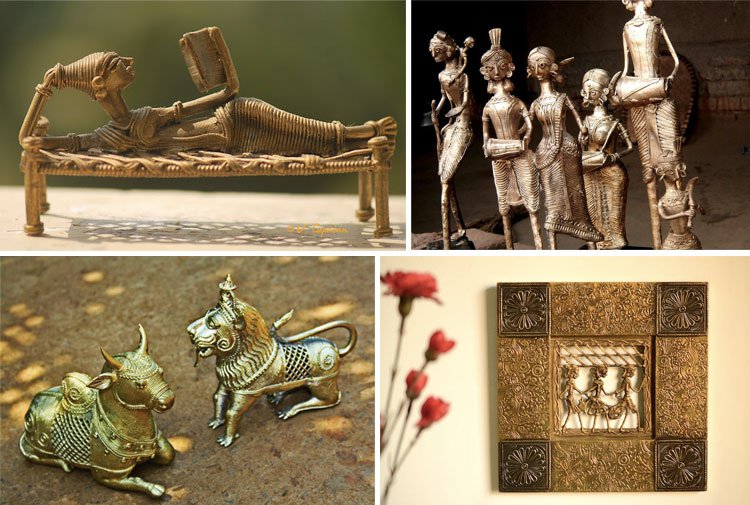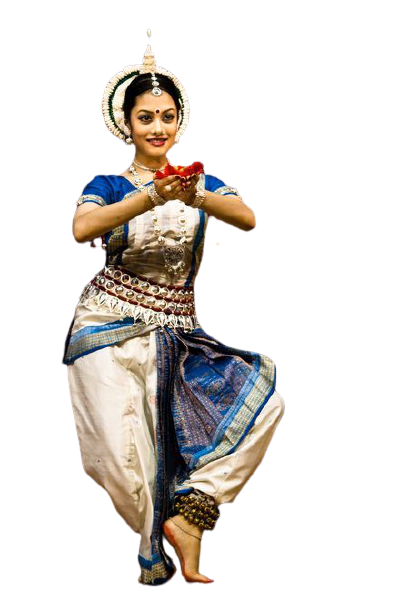pattachitra
Utkala, ancient name for Odisha means ‘excellence in arts’ and Odisha’s cultural vibrancy is still retained to the present day with the rich legacy of inherent artistic excellence. Odisha’s earliest form of indigenous art work pattachitra, has been traditionally associated with the Lord Jagannath where intricate patterns are drawn with natural colors on cloth canvas after making it sturdy or on dried palm leafs. The native genius could also be witnessed in the filigree works where silver wires are shaped to form intricate designs on decorative pieces and jewelry.
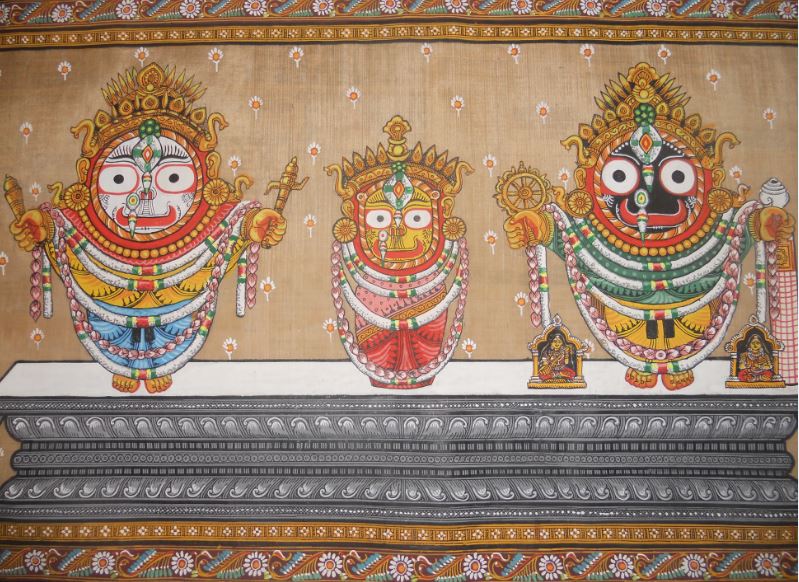
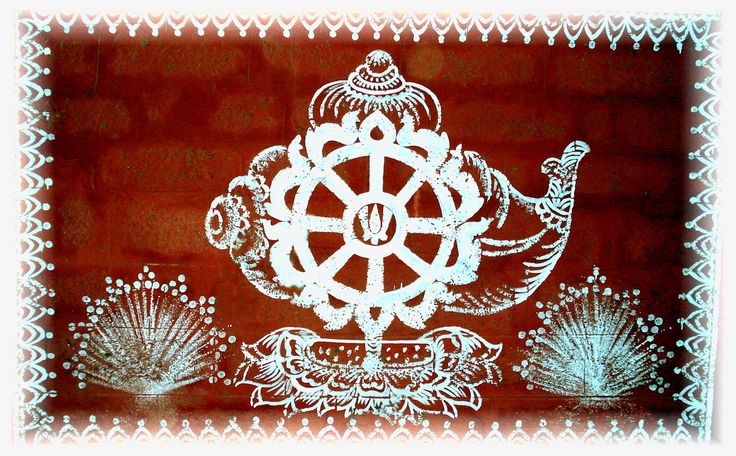
jhoti and chita
On festive occasions houses are decorated with jhoti and chita, decoration on the wall and floor of the house made from rice paste and drawn in fingers or with a piece of cloth.The traditional craft of applique work is quite unique where various sizes and shapes of cloth pieces are stitched together producing great art works. The artists from Odisha equally mastered their craftsmanship on stone as evident from the intricate carvings on the temple walls and caves.
Rekha, Pidha and Khakarastyle of architecture
In the temple building activities stretched over centuries, Odisha achieved its own style and distinct characteristics with Rekha, Pidha and Khakarastyle of architecture. James Fergusson once remarked that “there are more temples in Odisha than in all the rest of Hindustan put together”. Quite appropriately Bhubaneswar is renowned as the temple city even today.
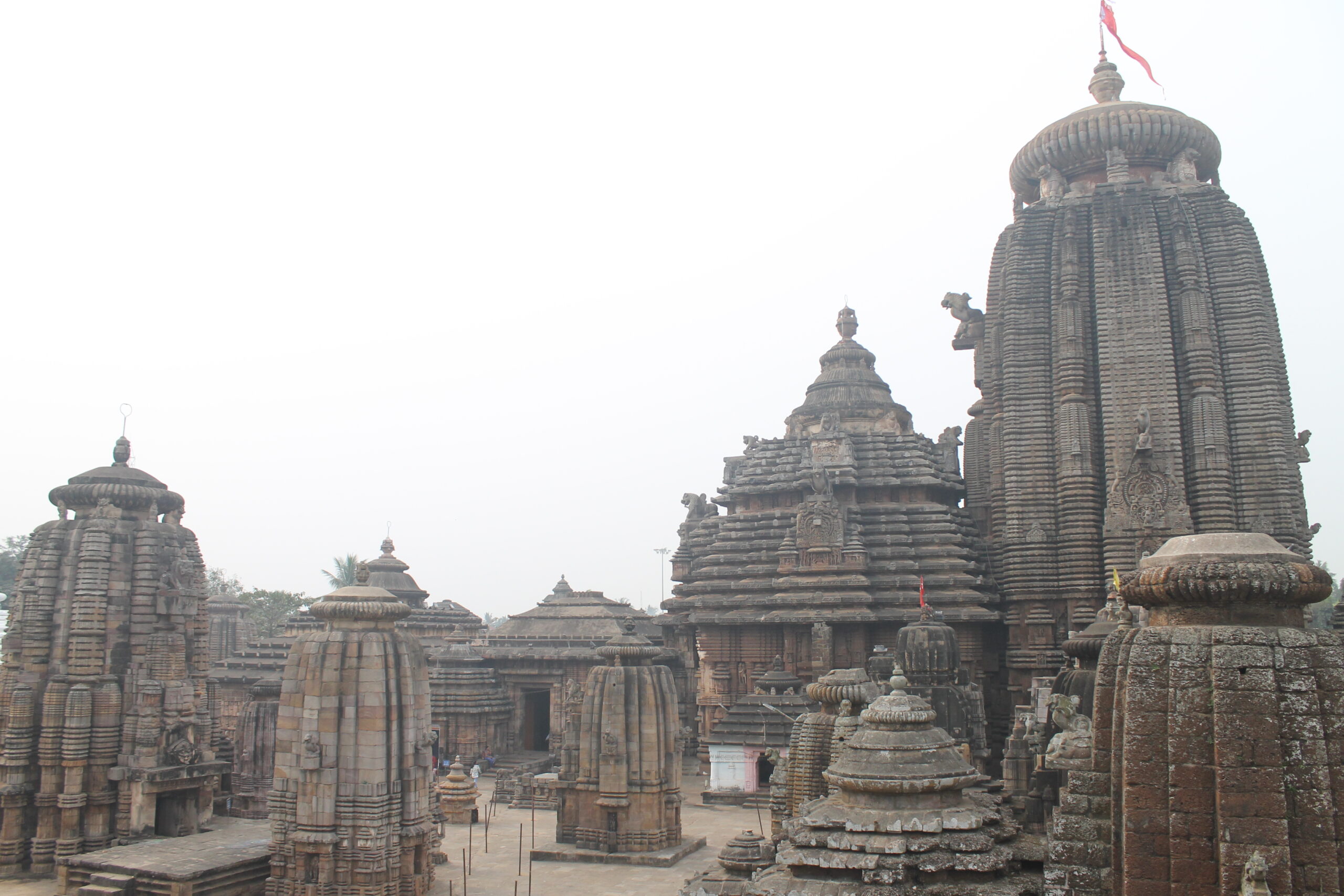
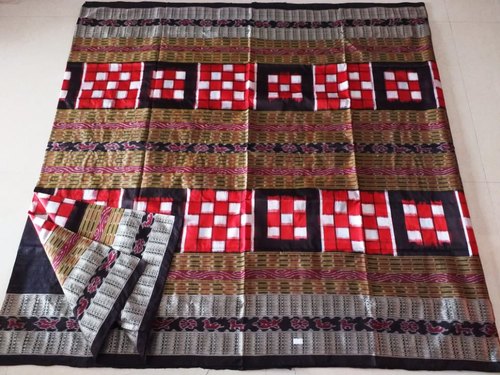
Hand woven sarees
Hand woven sarees of Odisha with its exclusive range of Sambalpuri, Bomkai, Berhampuri, Pasapaliand Khandua,to name a few, has a significant place in the textile industry for its unique patterns and vibrant color schemes. There are seventeen handicraft products that has so far received the Geographical Indication (GIs) Tag which includes many textiles mentioned above and also the silk ikat weaves, also known as ‘bandha of Odisha’.
Dhokra metal
Dhokra metal casting is a tribal art form. As it is mostly practiced by tribal people the motifs are also inspired and depict tribal culture. Horn craft around late 1800’s consisted of mainly utilitarian products like combs. Gradually with addition of artistic elements many new products are being made and are much in demand.
